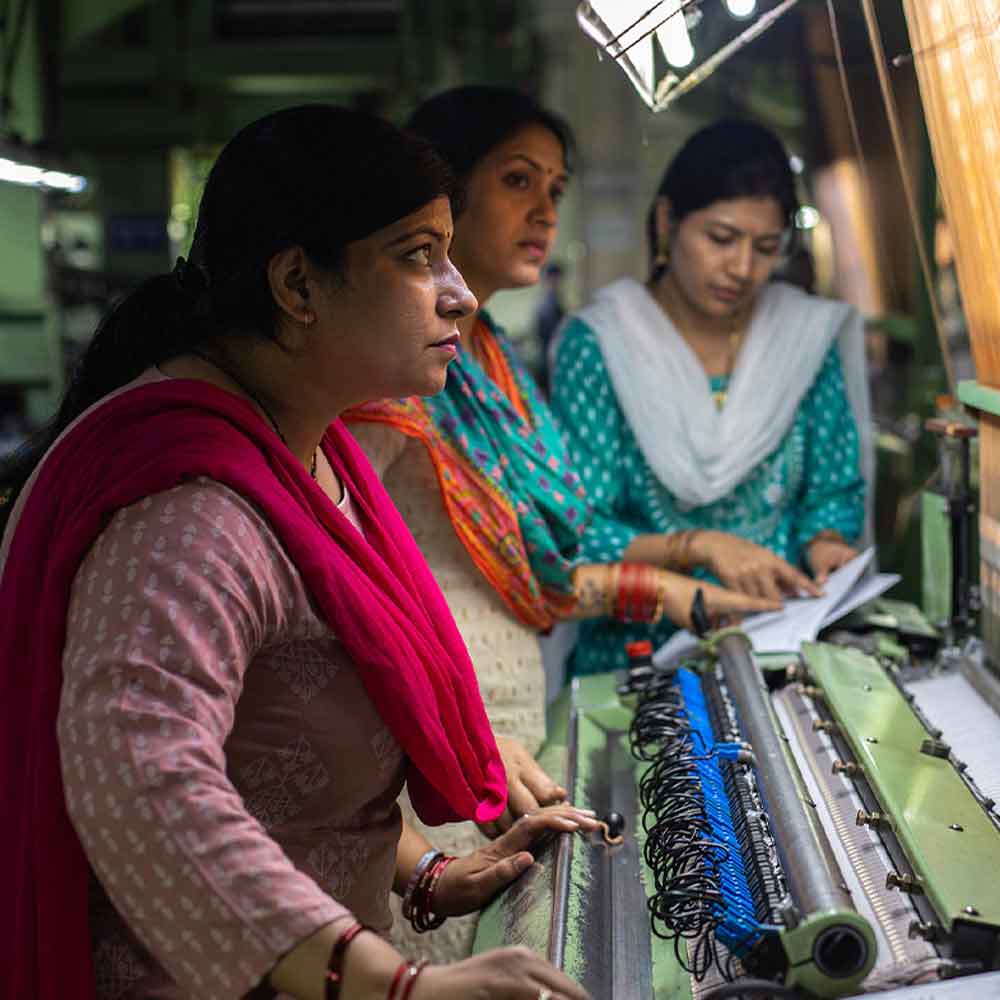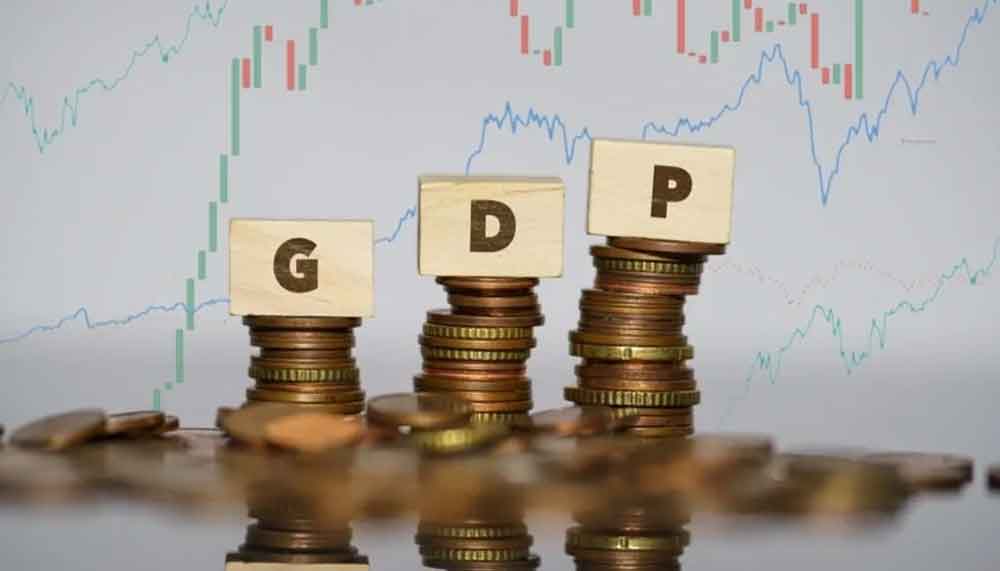According to an SBI report, there are currently over 1.52 crore active Goods and Services Tax (GST) registrations. One-fifth of GST taxpayers in India are women, and 14 per cent of registered taxpayers have all female members (based on the business constitution). According to a report by the SBI's Economic Research Department, this representation is significantly higher in private limited companies and limited liability partnerships (LLPs), and the trends of growing formalisation and momentum in corporate playbook bode well for equitable representation in the future.

This figure reflects women's empowerment, as does the fact that women make up 15 per cent of all income taxpayers and 40 per cent of all deposits. Gross GST collection doubled in just five years (FY21–FY25), and it currently averages ₹2 lakh crore per month. Six states have surpassed the ₹1 lakh crore threshold, and the top five states generate 41 per cent of the nation's overall revenue. The importance of larger states in promoting GST collection across other states is highlighted by the fact that states with GST collections exceeding ₹1 lakh crore have an Integrated Goods and Service Tax (IGST) share of over 30 per cent in their total domestic collection.

It’s been eight years since the GST. A complex system of indirect taxes was replaced with a single, unified system when the GST was introduced in 2017 as a significant step towards economic unity. It facilitated the free flow of goods across states, lowered corporate expenses, and simplified tax compliance. GST contributed to the establishment of a more robust and integrated economy by increasing efficiency and transparency.

In contrast to their share of the state's total GSDP (Gross State Domestic Product), some of the larger and wealthier states, including Telangana, Tamil Nadu, Kerala, Andhra Pradesh, and even Karnataka, have surprisingly low percentages of active GST taxpayers.
It's interesting to note that states like Gujarat, Bihar, and Uttar Pradesh have a higher percentage of total GST taxpayers than they do of total GSDP. This suggests that there is still a great deal of unrealised potential in these states for GST (as per the report).
Image source: Goldmansachs.com, Assets.upstox